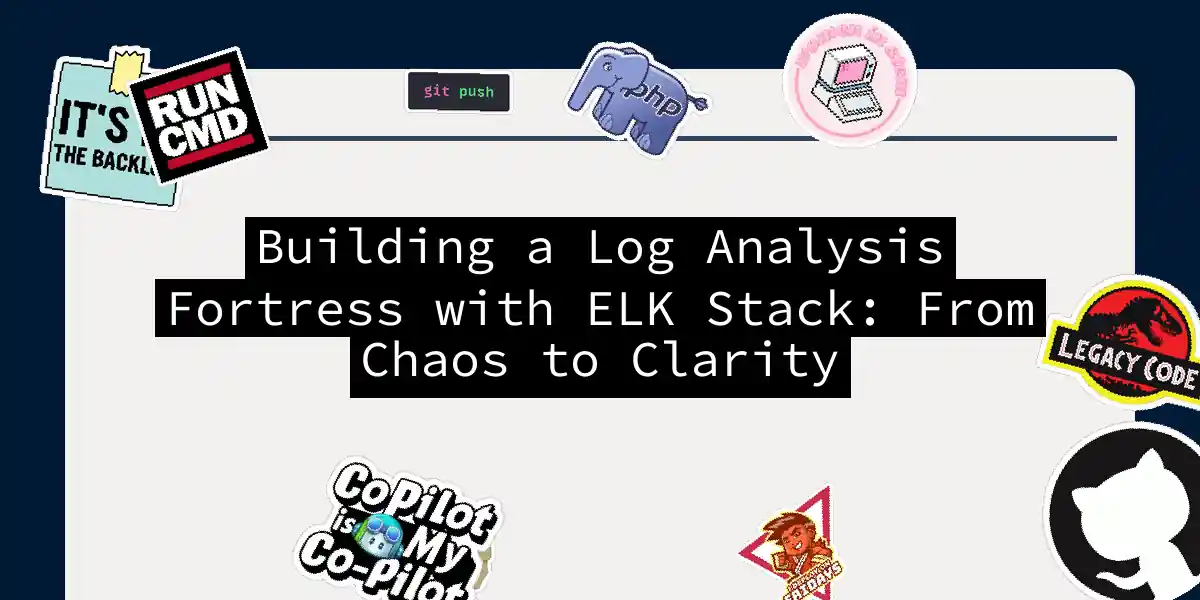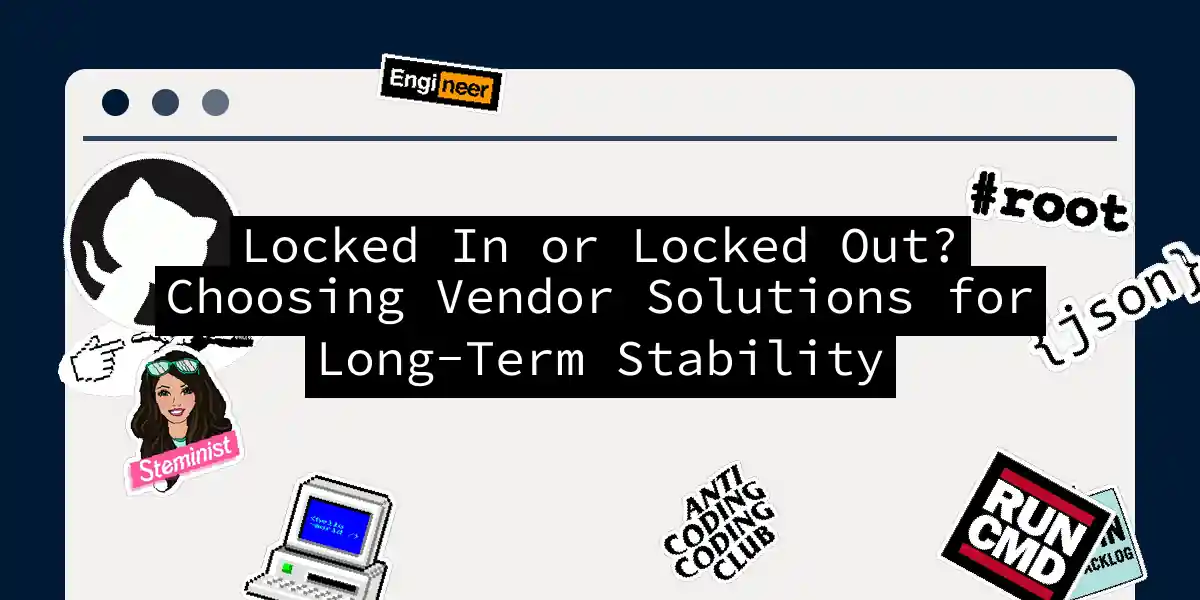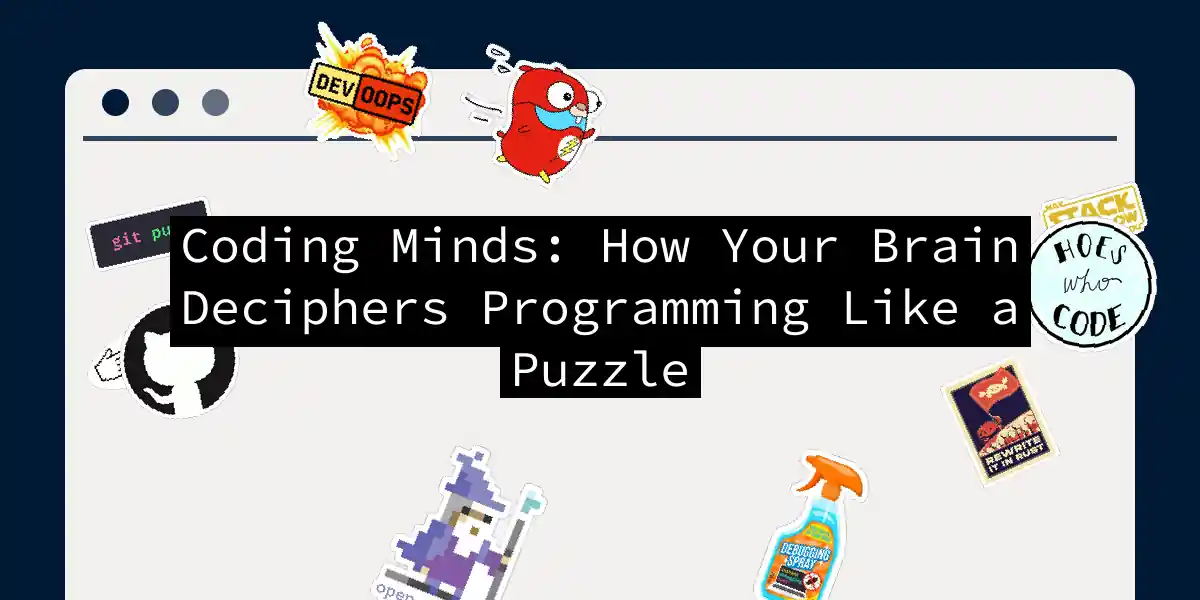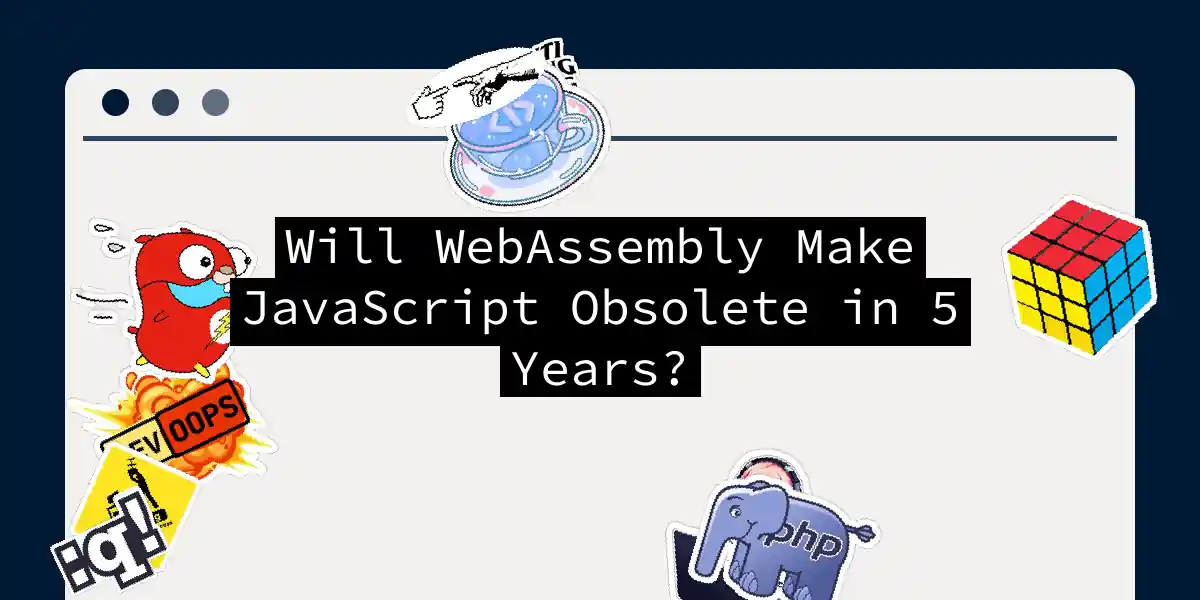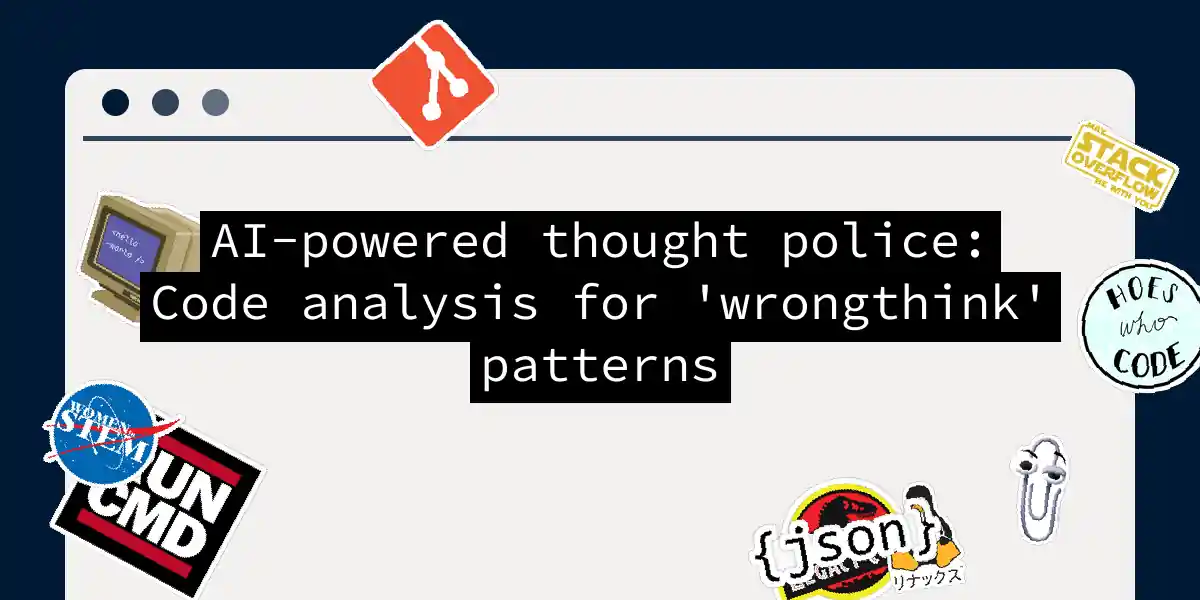
AI-powered thought police: Code analysis for 'wrongthink' patterns
The Digital Mind Police Are Knocking (And They Brought Python) Picture this: You’re debugging code at 2 AM when an automated email pings: “Warning: Pattern 7C detected in commit #a3f8b2. Mandatory re-education module assigned.” Welcome to the future of AI-powered ideological compliance, where your variable names could land you in a virtual sensitivity training session. Let’s dissect how “wrongthink” detectors work – and why they’re scarier than a segfault in production....
